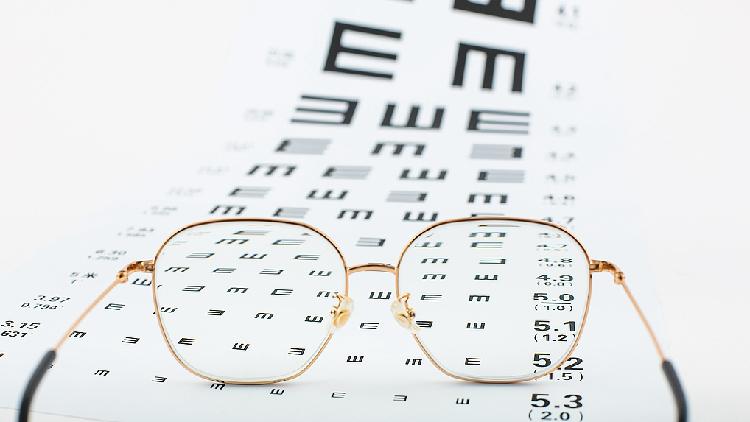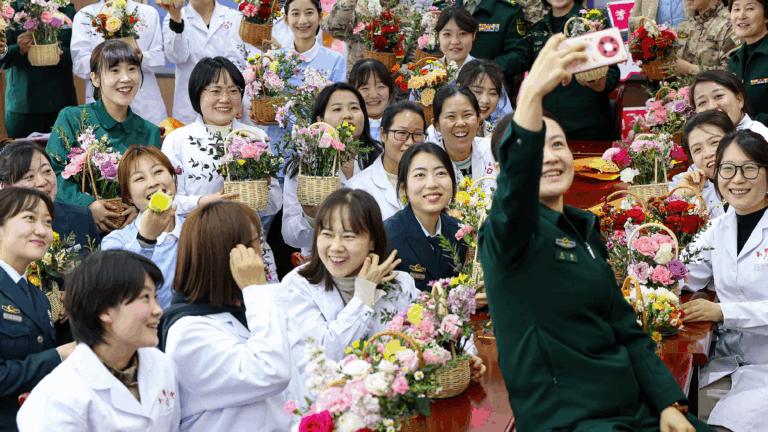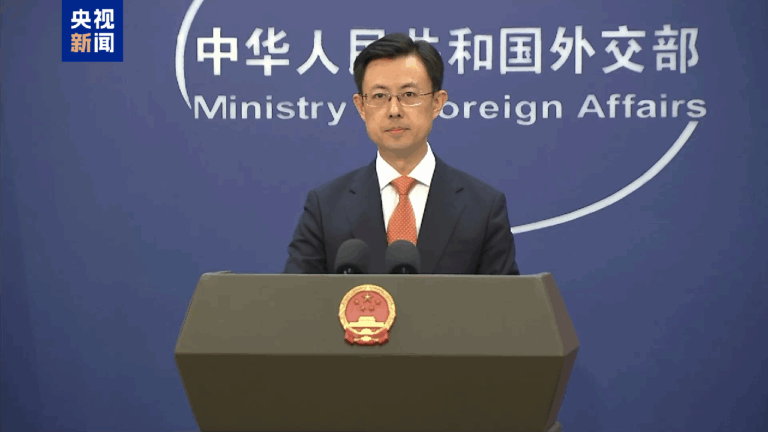
June 6 marks the 30th observance of National Eye Day in China, emphasizing the 2025 theme of “Universal Eye Health.” This theme underscores China’s commitment to combating eye diseases and enhancing public consciousness regarding eye care.
As reported during the 7th National Ophthalmology Pujiang Forum in December 2024, China faces the highest global incidence of eye disorders, with over 1 billion individuals affected by conditions like myopia, dry eye syndrome, and cataracts. Alarmingly, the myopia rate among minors stands at an astonishing 54%.
Recognizing eye health as essential to individual and public wellness, the impending conclusion of China’s 14th Five-Year National Eye Health Plan (2021–2025) sees technological advancements, especially in artificial intelligence (AI), playing a pivotal role in improving eye disease prevention and treatment.
In November 2024, the National Health Commission introduced the “Reference Guidelines for AI Application Scenarios in the Health Sector,” advocating for AI’s integration within healthcare settings. Core applications include intelligent consultations and AI-enhanced triage, with ophthalmology moving towards comprehensive clinical services.
Notable innovations include the “CC-Cruiser” system, an AI-driven cloud platform for accurate cataract diagnosis and treatment, developed by Zhongshan Ophthalmic Center at Sun Yat-sen University. Additionally, Shanghai has harnessed AI for early detection and management of pediatric eye diseases, significantly improving screening efficiency and personalized care.
Source: news.cgtn.com






